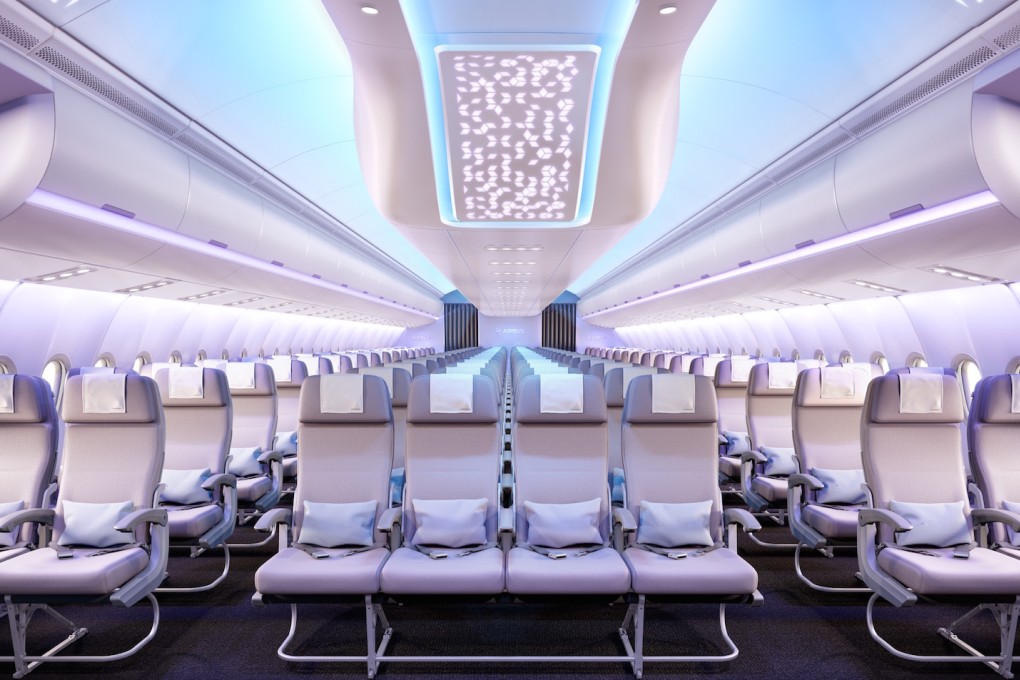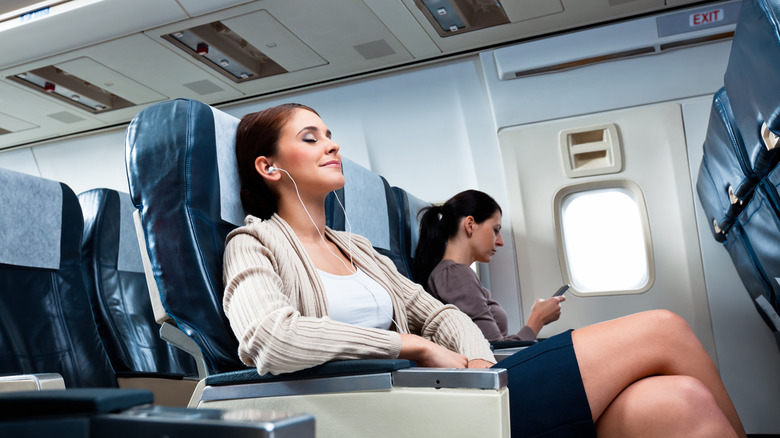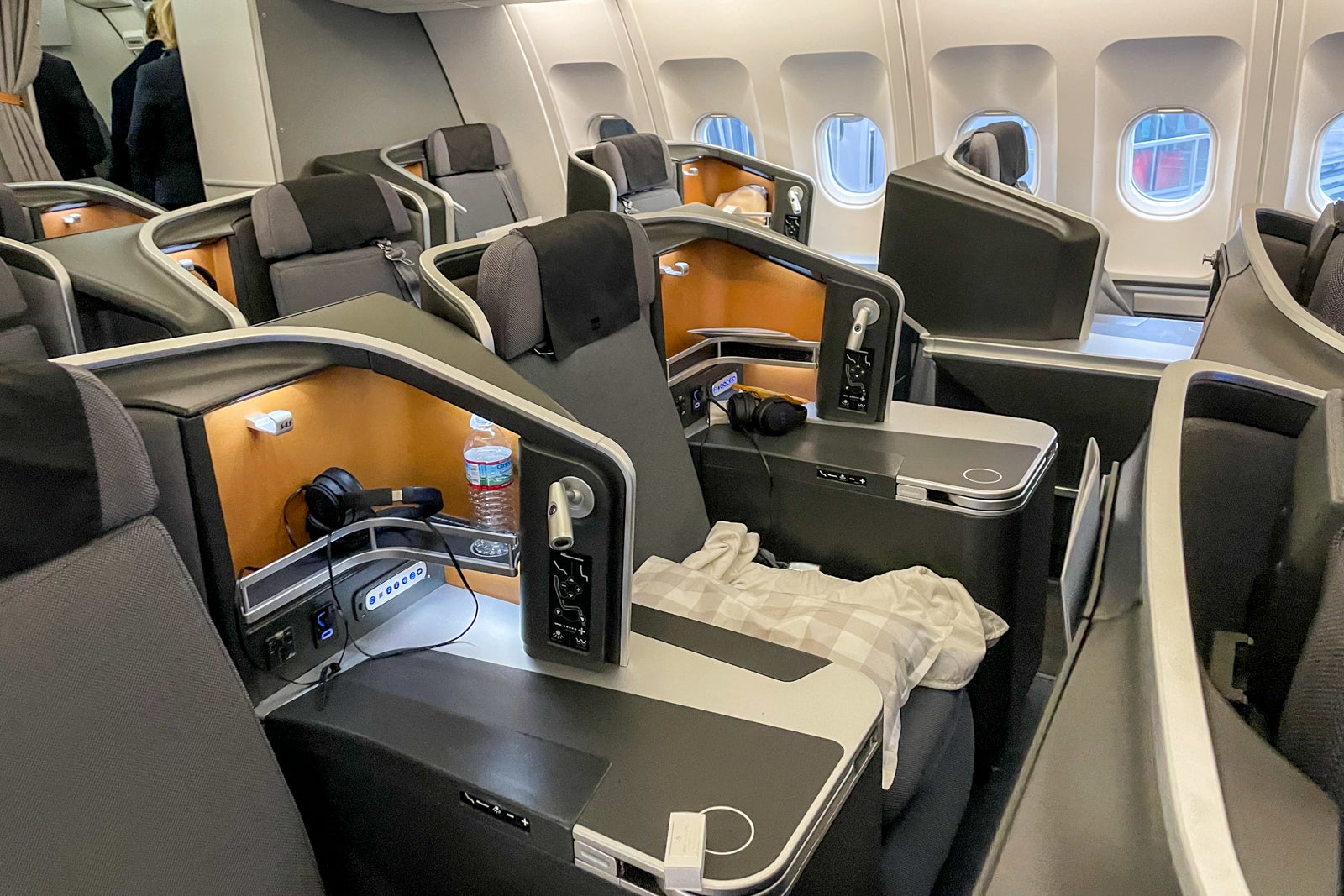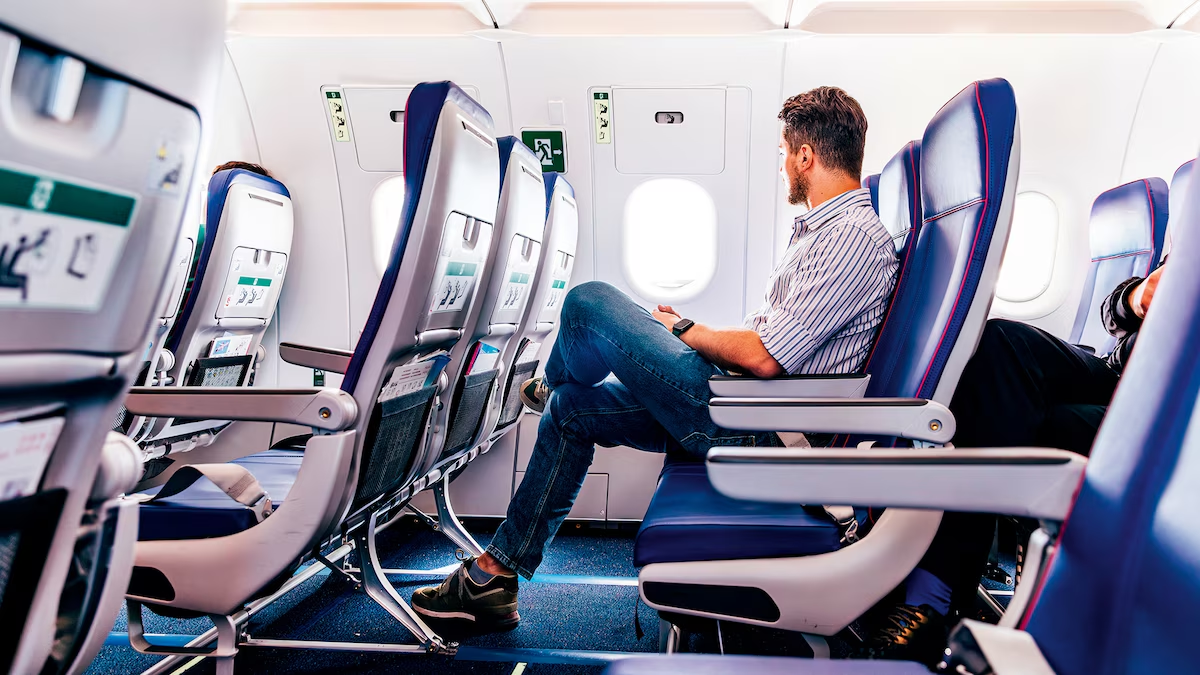We’ve all been there—wedged into a middle seat, nowhere near a window or aisle, right next to the restroom, and stuck with a seat that barely reclines. Whether it’s a short domestic hop or a long-haul international haul, sitting in a bad seat can totally ruin your flight experience.

Thankfully, there are plenty of smart, simple ways to avoid getting stuck in the worst seat on the plane—and it doesn’t always require paying extra. From booking strategies and airline tricks to seat maps and apps, here’s a complete guide to help you score the best spot onboard.
What Exactly Is the “Worst” Seat on a Plane?
Before we get into how to avoid it, let’s clarify what the “worst” seat usually means. Of course, it can vary depending on your preferences (some love the window, others live for the aisle), but most travelers agree that the least desirable seats typically include:
Common Worst Seats:
- Middle seats (especially in economy): No elbow room and no escape.
- Seats next to the lavatory or galley: Constant foot traffic, noise, and smells.
- Last row seats: Often don’t recline and are close to restrooms.
- Near the wings: Less view and often louder engine noise.
- Seats near bassinets: You might end up next to a crying baby.
- Seats with limited recline or legroom: Usually found near emergency exits or the back of the plane.
Your worst seat may depend on your height, whether you want to sleep, or how often you need to get up. Either way, getting stuck with one of these can make a long flight feel even longer.
How to Avoid the Worst Seat — Step-by-Step

1. Book Early (Like, Really Early)
The earlier you book, the better your seat selection will be. Airlines usually open their seating charts right when tickets become available (often 11 months in advance for international flights). Booking early gives you first dibs on aisle, window, and exit row seats, and helps you dodge the dreaded leftovers.
💡 Tip: Even if you’re not ready to pay for the flight yet, use the airline’s seat map to scout your options and watch for changes.
2. Use Airline Seat Maps & Comparison Tools
When selecting a seat, don’t just click the first available option. Use detailed seat map tools that show:
- Legroom measurements
- Seat recline limits
- Power outlet availability
- Proximity to bathrooms and galleys
- Overhead bin access
Top Tools to Use:
- SeatGuru
- SeatLink
- ExpertFlyer
- Airline apps like Delta, United, and American Airlines also have updated seat maps.
🔍 Pro Tip: Check reviews of specific aircraft seats on SeatGuru. Flyers often leave feedback on exact seat numbers, which can warn you of seats with no recline or bad overhead access.
3. Know the Plane Type Before You Choose
:max_bytes(150000):strip_icc()/TAL-jetblue-american-airlines-planes-PLANEMODEL0323-414a2a831f7d44ee9d12a1d47eba3242.jpg)
Not all planes are created equal. A window seat on a Boeing 737 might be cozy, but on a wide-body 777, it could be miles away from the window—or worse, missing a window entirely.
Why It Matters:
- Different seat configurations depending on the plane
- Exit rows may have restricted recline
- Bulkhead seats might offer more legroom but less under-seat storage
- Older aircraft may have smaller screens, older cushions, or worn-out seating
Look up your plane model before finalizing your seat. It can make a huge difference.
4. Avoid Basic Economy Like the Plague (If You Care About Your Seat)
Basic Economy fares are designed to be restrictive—and seat selection is often not included. You’ll likely be assigned whatever’s left (read: middle seat, back row, no recline), and you won’t be able to change it without paying a hefty fee.
If seat comfort matters to you at all, it’s worth upgrading to Main Cabin, Economy Plus, or Premium Economy, depending on your budget.
💡 Budget tip: Sometimes paying just $20–$30 more avoids Basic Economy restrictions and includes seat selection.
5. Check In Exactly 24 Hours Before Your Flight

If you weren’t able to choose a seat during booking, checking in early can give you access to newly released or unclaimed seats. Airlines often release blocked seats (like crew holds or disabled seating) right before check-in.
Set a reminder for exactly 24 hours before your departure and be ready to jump online or into the app. It might just score you a seat upgrade—or at least keep you out of the middle row next to the lavatory.
6. Use Frequent Flyer Status or Credit Card Perks
If you fly often or hold a travel rewards card, you may get access to preferred seats that aren’t available to general passengers. These include:
- Main Cabin Extra
- Premium Economy
- Preferred or Economy Plus seating
- Early seat selection, even on Basic fares
Cards That Help You Choose Better Seats:
- Delta SkyMiles® Gold, Platinum, or Reserve Cards
- United Explorer or Club Cards
- American Airlines AAdvantage® Platinum or Executive Cards
✈️ Insider tip: Even if you don’t fly often, getting one of these cards for a single trip can unlock better seat options and free checked bags—well worth it.
7. Set Up Seat Alerts

Don’t see your ideal seat available right now? Don’t give up. Services like ExpertFlyer let you set alerts for specific seats or seat types. If someone cancels or upgrades their booking, you’ll get a notification and can swoop in.
This works great if:
- You’re trying to get out of a middle seat
- You want to switch to an exit row or aisle
- You’re hoping for an upgrade to a better cabin
8. Politely Ask at the Gate or In-Flight
It might sound old-school, but asking still works—as long as you’re polite and not demanding. Flight attendants and gate agents can sometimes:
- Move you to a better available seat
- Switch you away from loud or baby-heavy rows
- Let you know if there’s an empty row (great for stretching out)
Just be respectful and flexible—staff are more likely to help if you’re friendly.
Quick List: Worst Seats to Avoid on Any Plane
| Seat Type | Why to Avoid |
|---|---|
| Middle Seat | No easy access to aisle or window; less comfort |
| Back Row | Doesn’t recline; next to lavatories; noisy |
| Row Near Galley | Constant traffic, smells, and light |
| Near Wing (for some) | Less scenic; noisier due to engines |
| Bulkhead (sometimes) | No under-seat storage; fixed armrests |
| Seats with Restricted Recline | Often located in front of emergency exits |
| Next to Baby Bassinets | Risk of crying infants on long-haul flights |
Frequently Asked Questions (FAQs)
✈️ Can I avoid the middle seat without paying extra?

Yes, but only if you book early, check-in early, and monitor your seat map. Being proactive is key! You can also ask nicely at the gate—there’s no harm in trying.
🪑 What’s the best seat on a plane?
This depends on what you value most:
- For sleep: Window seat away from lavatories.
- For legroom: Exit rows or bulkhead (with caution).
- For quick exit: Aisle seats in front rows.
- For minimal turbulence: Seats over the wing.
🧒 What if I’m traveling with kids or as a group?
Book seats together early. Airlines won’t always seat families together unless you select seats manually, so don’t wait until check-in.
🧳 Do certain airlines offer better seat options in economy?
Yes. JetBlue, for example, is known for extra legroom even in economy. Southwest doesn’t assign seats but allows early boarding if you pay for it. Research airline seat policies before booking.
💳 Can my travel credit card help me pick better seats?
Absolutely. Many travel cards offer early seat selection, free upgrades, and preferred seating access—even in economy. If you fly more than once a year, a travel card can pay for itself in perks.
Conclusion: Smart Strategies = Better Seats

Let’s face it—airplane seats aren’t getting any comfier, and legroom isn’t magically increasing. But the seat you choose can make or break your flight experience, especially on long-haul journeys.
By booking early, checking seat maps, using smart tools, and knowing what to avoid, you can steer clear of the worst seats and fly a whole lot more comfortably. Whether you value legroom, peace and quiet, or easy access to the aisle, there’s a way to get what you need—without always having to pay extra.
So, next time you book a flight, don’t leave your seat selection to chance. Be strategic, be informed, and fly smarter.
